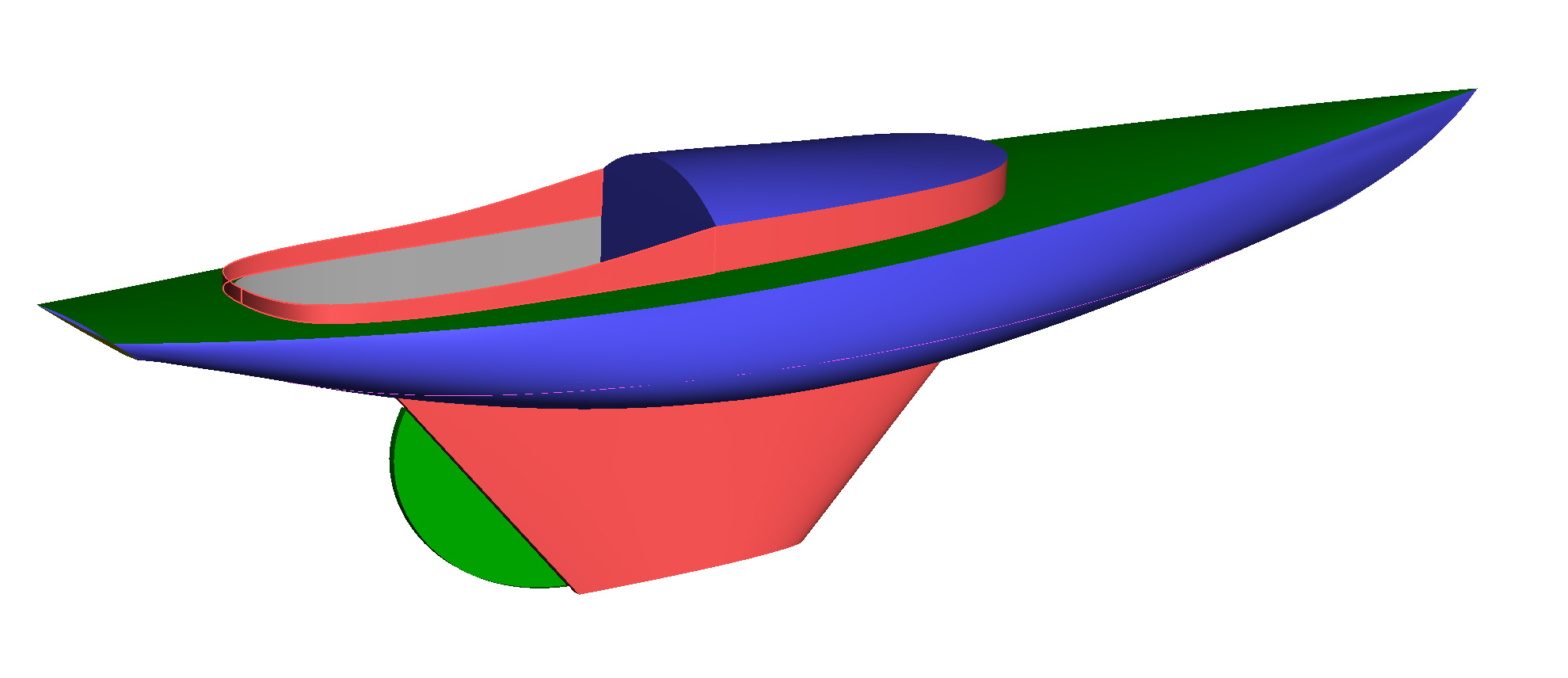Performance Results
(Seconds per Nautical Mile)
There eight (8) outputs charts defining the race results between the aluminum version of 'Lighting Strike' designated as (Boat A), and the steel versions of 'Lighting Strike' designated as Boat B).
Understanding the Velocity Prediction Charts:
- Each output chart represents a different (BTW) or the track angle with respect to the true winds direction. BTW= 0 is dead to windward. BTW =180 is dead downwind. The BTW's start with the boat heading 45- degrees to the wind, then BTW's of 60 degrees, 75-degrees, 90-degrees, 120-degrees, 135-degrees, 150-degrees, ending with a BTW of180-degrees or directly downwind.
- Each output chart will calculate the speed of the hull, in seconds per nautical mile, for six (6) different True Wind speed in knots ranging from 6 to 16 Knots.
- The next row (Base Sec/NM - Boat A), (the aluminum version of 'Lighting Strike'), calculates the seconds that Boat A takes to travel one (1) nautical mile for each of the above True wind speeds.
- The next row (Differences - Boat B), (the steel version of 'Lighting Strike'), calculates the difference in seconds per Nautical Mile from the Base Sec/NM -Boat A.
- A 'Positive' (Difference) is added to Boat-A's time. Making Boat B slower than Boat A.
- A 'Negative' (Difference) is subtracted from Boat A's time. Making Boat B faster than Boat A.



The first three Performance predictions are the Windward and Close Reach results. Here is how I read the results:
- At the lower true wind speeds the steel version is a bit slower.
- At the higher true wind speeds the steel version is a bit faster.

On a Beam Reach:
- At the lower to middle true wind speeds the steel version is still a bit slower.
- At the higher true wind speeds the steel version is still a bit faster.




On the Broad Reaches to Downwind:
- At all true wind speed the steel version is slower
- Generally speaking, I do not see reason to build the aluminum version over the steel version over concerns of speed.
- Especially if my aluminum welding skill were lacking.
- I encourage the reader to review the Static Hydrostics, Dynamic Stability, Center of Gravity location, Weight Distribution, Hull Scantlings, and Sailplan Ratios and Coefficients for both aluminum and Steel construction by clicking on the below links.
All Copyrights Reserved - Metalsailboats.com
2009 - 2024
|
|

|
|
|
|
|
|
|
|
|
|

